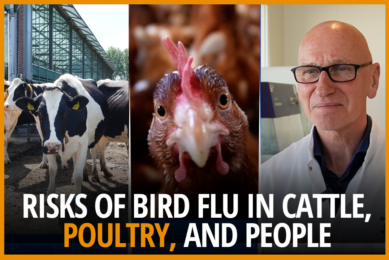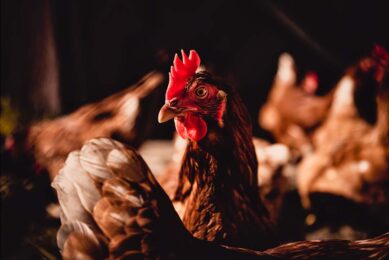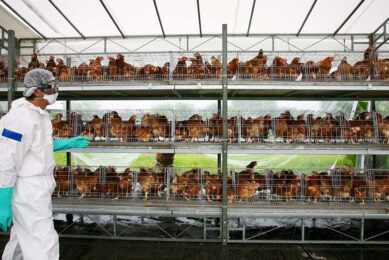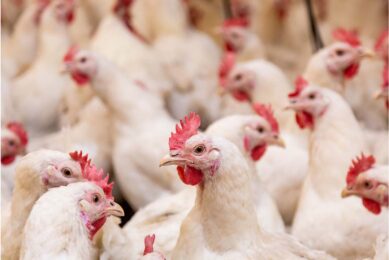Avian influenza: emergency order in Michigan, higher egg prices

Highly-pathogenic avian influenza continues to plague the US poultry sector. Reuters recently reported that over the last 2 years in the US, over 90 million chickens and more than 9,000 wild birds have been infected with the current strain of H5N1.
In the last 30 days, the US Department of Agriculture (USDA) reports that 11 commercial flocks have been infected and 8 backyard flocks, with total birds infected 8.8 million.
A good number of the infections have happened in the state of Michigan. On 2 May, the state government declared a ‘Determination of Extraordinary Emergency’ and implemented an ‘HPAI [highly pathogenic avian influenza] Risk Reduction Response Order’, which applies to all commercial poultry and dairy facilities.
“This outbreak has highlighted areas within our industry that require immediate attention,” said Michigan Department of Agriculture and Rural Development director, Tim Boring. “Producers must immediately implement robust biosecurity practices and create emergency preparedness plans and this order starts to address these on-farm risks.”
Regarding highly pathogenic avian influenza in dairy cattle, it’s now been determined that the current strain has been spreading among dairy cows for months, according to new preliminary analysis of genomic data. As of 2 May, the USDA had confirmed infections in 36 dairy herds in 9 states. Some infected cattle from Texas were moved to other states, but herds could also be infected through ingesting grass or water contaminated with infected wild bird droppings, or through other means.
Effects on egg prices
Forbes is reporting that prices for farm-level eggs are predicted to increase about 22% in 2024 compared to 2023 due to declines in egg production. Large numbers of US hens have died or were culled due to highly pathogenic avian influenza – over 14 million in November and December.
Egg prices rose 54% in February this year in the US but fell 23.2% in March.
Forbes states that when highly pathogenic avian influenza hit the US in 2022, this contributed to egg prices in some supermarkets being as high as US$7 a dozen, with a peak for national average price in urban markets hitting US$4.82 in January 2023.
Global prices
Egg prices are also high worldwide at present. Bird flu in Japan is believed to be a major reason why egg prices are 20% higher than they were in January.
Nan-Dirk Mulder, a senior analyst at Rabobank, has noted in various media reports that EU countries, Russia, South Africa, India, and Nigeria are all experiencing historically-high egg prices. Prices are also higher than usual in Mexico, Norway, Indonesia and other regions due to a range of factors including heatwaves and strong demand for eggs to replace expensive meat in the diet.
Join 31,000+ subscribers
Subscribe to our newsletter to stay updated about all the need-to-know content in the poultry sector, three times a week. Beheer
Beheer








 WP Admin
WP Admin  Bewerk bericht
Bewerk bericht